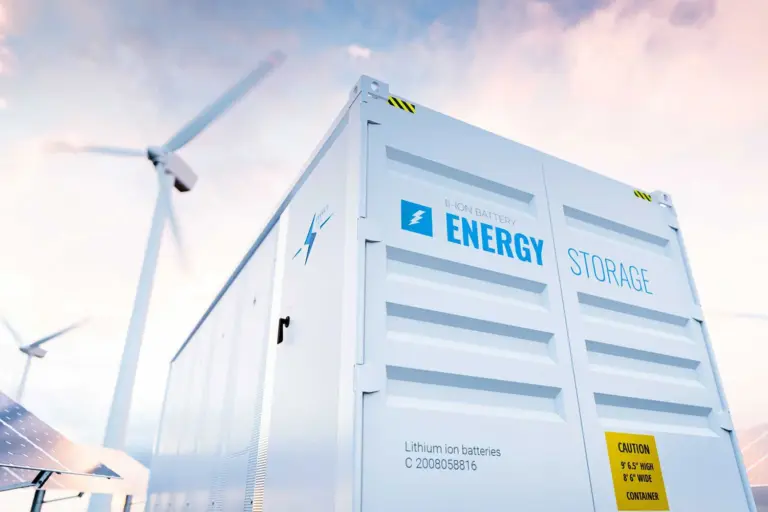
Standalone Storage Continues to Hit the Right Frequency
While energy storage can play a pivotal role in supporting renewable energy developments around the world, it has also emerged as a key standalone asset class for grid management.
With generation from coal and other thermal resources diminishing in the face of the low-carbon energy transition, synchronous system inertia has fallen, creating challenges in maintaining grid frequency at 50 Hz. Great Britain’s National Grid ESO has had few options in the past when tackling this drop in system inertia, seemingly relying on interconnectors from abroad to balance any system needs.
The need for a wider range of fast-responding grid assets to counter frequency deviations led to the establishment of firm frequency response (FFR) services to create a route to market for less established technologies. Providers were tasked with delivering 20 seconds of dynamic or non-dynamic capacity within 10 seconds under the fastest, primary FFR contracts – well within the capabilities of energy storage, along with other technologies.
Over the years the market has evolved towards more demanding response times, kickstarted by 2016’s 200 MW enhanced frequency response (EFR) tender. This required sub-second responses and, while defined as technology agnostic, only energy storage projects were selected. Within 18 months, these eight sites were online and forging a path for other projects to follow.
Storage developers would look to FFR for the lion’s share of their revenues, building on any long-term Capacity Market contracts they may have to create confidence in the bankability of their assets. As the market became saturated by energy storage providers and prices fell, attention moved towards the Balancing Mechanism (BM) and wholesale markets for additional revenue streams. National Grid ESO, meanwhile, moved to develop an ever-faster suite of frequency response products.
In October 2020, Dynamic Containment was launched to bring sub-second requirements into everyday operations. Within a year it had become the most lucrative response service for those able to deliver. Demanding technical conditions have largely kept DC undersubscribed, allowing participants like Gore Street to claim average prices of £17/MW/h. We joined DC after National Grid ESO permitted DC services to be stacked with BM participation, continuing energy storage’s tradition of utilising its flexibility to deliver multiple services – all while benefitting from premium prices available through DC, compared to other frequency response services.
Value has fluctuated in more recent months as National Grid tinkers with its procurement of low and high grid frequency DC and some providers move back to monthly FFR tenders. There are signs that, like with FFR, the availability of energy storage flexibility could outstrip demand, but the introduction of Dynamic Regulation – designed to slowly correct continuous but small frequency deviations – and Dynamic Moderation – responding to sudden large imbalances between demand and generation – in a few months’ time will likely change the market once again.
Energy storage has shown, however, that it is more than up to the task of adapting to the changing needs of the GB market.

